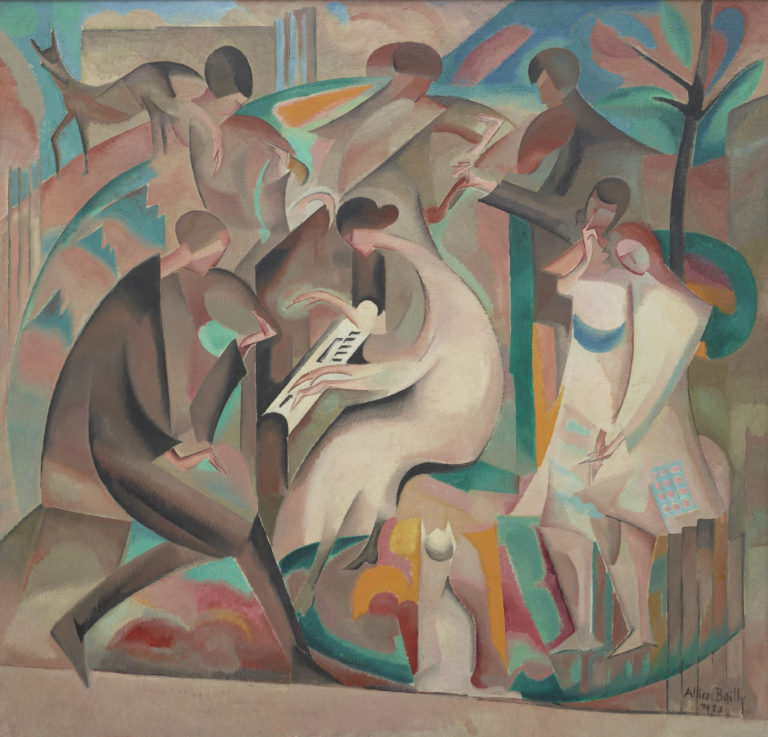Exposé actuellement
The CollectionBibliography
Nam June Paik. Global Visionary, exh. cat. Washington, D.C., Smithsonian American Art Museum, London, Giles, 2013.
Christine Van Assche (ed.), Vidéo Vintage. 1963-1983: une sélection de vidéos fondatrices des collections nouveaux médias du Musée National d’Art Moderne Centre Pompidou, exh. cat. Paris, Centre Pompidou éditions, 2012.
John G. Hanhardt (ed.), Nam June Paik: Global Groove, exh. cat. New York, The Solomon R. Guggenheim Foundation, 2004.




One of the founders of video art, Nam June Paik produced a vast corpus of works comprising video tapes, televisual productions, performances and installations. In 1963 he presented his first Fluxus-inspired video and musical works in an exhibition titled Exposition of Music – Electronic Television at Galerie Parnass, Wuppertal. Looking back, this can be seen as marking the beginnings of video art. In 1965 Paik bought a Portapak, one of the first hand-held video cameras, the technical possibilities of which (live recording, autonomy of the production tool) would enable him to carry out new experiments on the medium.
‘This is a glimpse of a new world when you will be able to switch on every TV channel in the world and TV guides will be as thick as the Manhattan telephone book.’ These are the opening words of Global Groove, now a cult work in the history of video art. This radical manifesto concerning globalised communication in a media-saturated world explores the potential offered by the manipulation of video signals and magnetic tape. It takes the form of an electronic collage, a pastiche of sounds and images that subverts the language of television – excerpts of films and music clips are interspersed with scenes of traditional Korean dance, the face of Richard Nixon disfigured by the action of a magnet on the television follows a musical excerpt from Karlheinz Stockhausen, etc. The images and sequences themselves are treated as plastic objects: processing by the synthesiser transfigures the faces into a kaleidoscope of bright colours, while inlays and superimposition transform and complexify the images that follow at a frantic rhythm. Paik humorously has fragments of different works and disciplines cohabit in a flux of sequences in which planetary space is reduced to the television screen and time to the present moment.